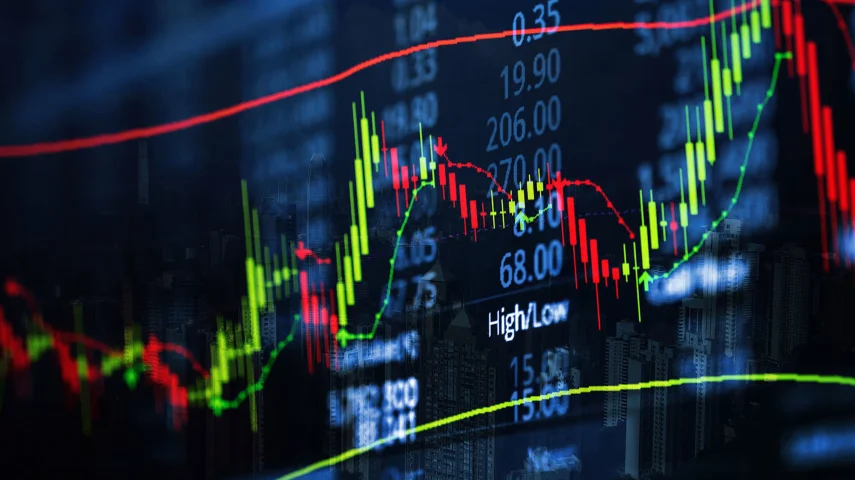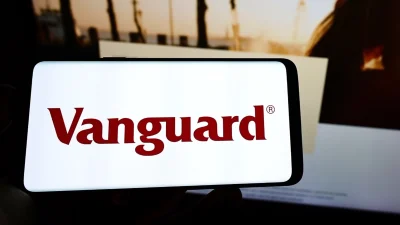Which ETF bled over $300m in March?



One of Australia’s largest exchange-traded fund (ETF) products, the iShares S&P 500 ETF (IVV), lost over $300 million in outflows during March.
The iShares S&P 500 ETF seeks to provide investors with the performance of the S&P 500 Index, composed of large-cap US equities.
It is one of Australia’s largest ETF products with a market cap of $10.3 billion at the end of March.
Betashares’ monthly ETF review found that IVV suffered outflows of $307 million last month – the highest outflows of any ETF vehicle in March.
This caused it to fall from second position in terms of market cap in February to third spot in March, behind the Vanguard MSCI Index International Shares ETF at $10.4 billion.
The S&P 500 Index was down 5.7 per cent during March and has subsequently fallen 11 per cent during April so far (as of 9 April), following US President Donald Trump’s announcement of major tariffs on 2 April.
It marks a stark contrast from the inflows of $145 million recorded by IVV in February and $239 million in January. The product also enjoyed inflows of $2 billion for the full 2024 calendar year.
In conversation with Money Management, James Waterworth, director of wealth at BlackRock Australia, said global markets have been “incredibly volatile”, which he expects to persist for some time.
“Within the ETF sphere, flows have been elevated. While the iShares Core S&P 500 ETF (IVV) experienced outflows, we have observed inflows into the hedged version of IVV – the iShares S&P 500 (AUD Hedged) ETF (IHVV) – as well as into the iShares MSCI Emerging Markets ex China ETF (EMXC) and the iShares Global Aggregate Bond ESG (AUD Hedged) ETF (AESG),” Waterworth noted.
These movements suggest investors are derisking into bonds and equity markets that are less exposed to the US amid heightened volatility, rather than simply “taking money off the table”, the director explained.
“The preference for the hedged version (IHVV) is particularly noteworthy, as it shows that investors remain somewhat interested in US equities, but are cautious about currency risk and seeking to shield against potential AUD appreciation,” he added.
Following IVV, the iShares MSCI Emerging Markets ETF also lost $246 million in outflows during March, while the Magellan Global Fund (Open Class) (Managed Fund) saw outflows of $124 billion.
The top five Australian ETFs by outflows for the month were:
Source: Betashares, March 2025
Despite strong net flows of $3.6 billion recorded for the broader Australian ETF industry in March, this was not enough to offset global sharemarket volatility, Betashares acknowledged.
The ETF market’s assets decreased nearly 2 per cent month-on-month, with the sector now sitting at $250.4 billion in assets under management.
International equities, which has long held the top asset class spot for strongest inflows, generated inflows of $815 million. This places it in third position, behind fixed income at $882 million, and Australian equities in first position at $1 billion.
In comparison, international equities enjoyed inflows of $1.5 billion during February and $1.8 billion in January.
Recommended for you
Australian Ethical Investment has welcomed an independent non-executive director to its board, who previously spent a decade as Colonial First State’s CEO.
Global X has painted a worrying picture for active ETFs in Australia, with investor adoption proving uneven and the popularity of its low-cost index counterparts only growing stronger.
Australian equity ETFs attracted record inflows of $3.2 billion in 1Q25, while heightened volatility led to a decline in flows for global equity ETFs, according to Vanguard.
The failure of a clinical trial by biotech firm Opthea has caused shares in its backer Regal Partners to decline 52 per cent year-to-date and hit its funds under management, quarterly flows show.















